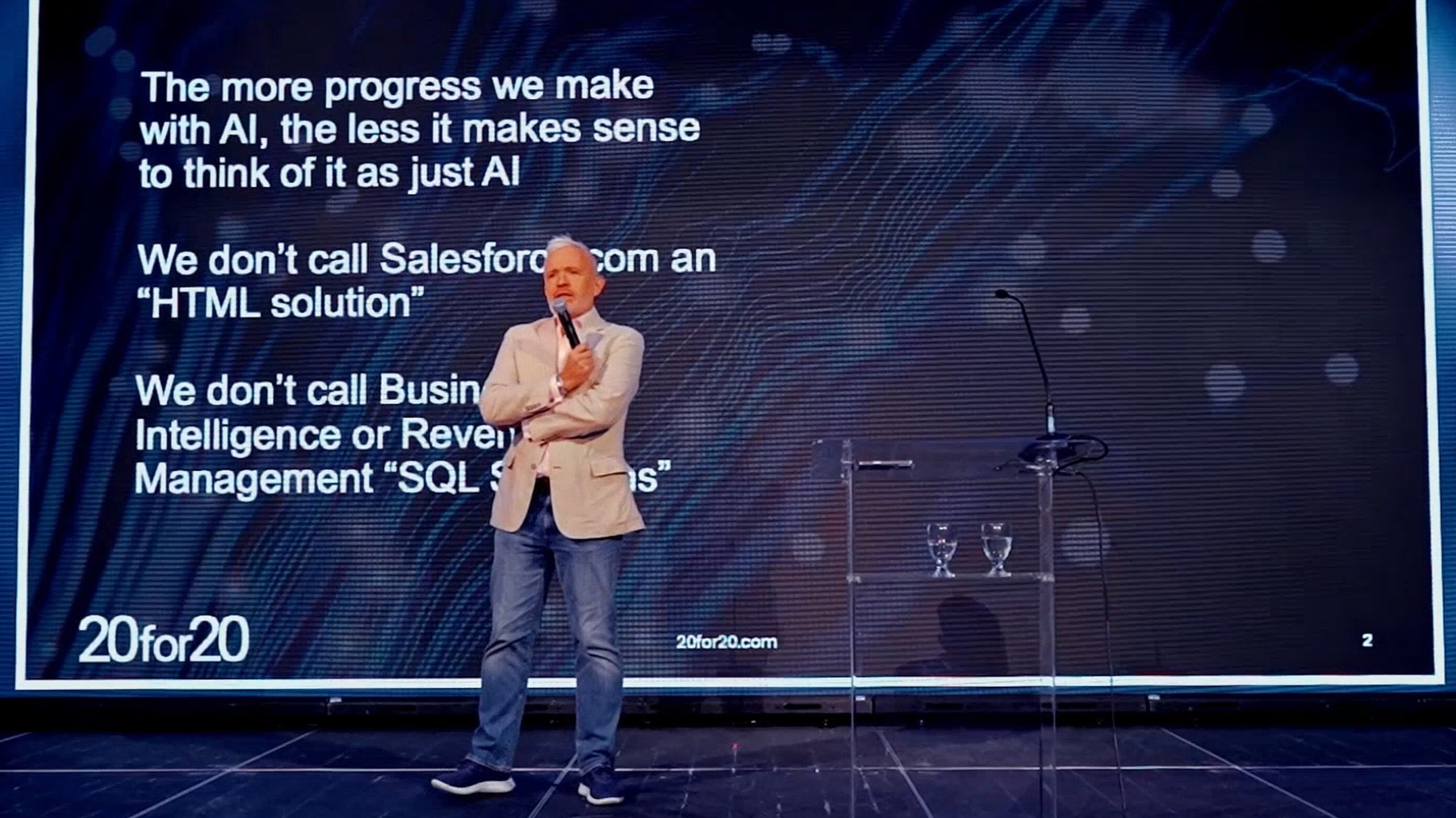Something Old, Something New: It’s Time for OPTECH 2025
It's that time of year again. Next week, RETTC OPTECH will bring down the curtain on a busy year of conferences for those interested in multifamily operations and technology. For the last few years, this blog has published an analysis of the OPTECH attendee list. It's a useful way to see what's changing—and what isn't—in multifamily technology. The mix of attendees, by company type, always offers clues about broader industry trends.












